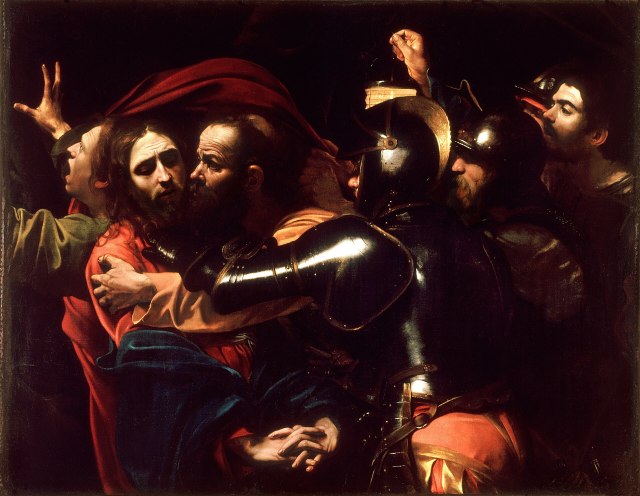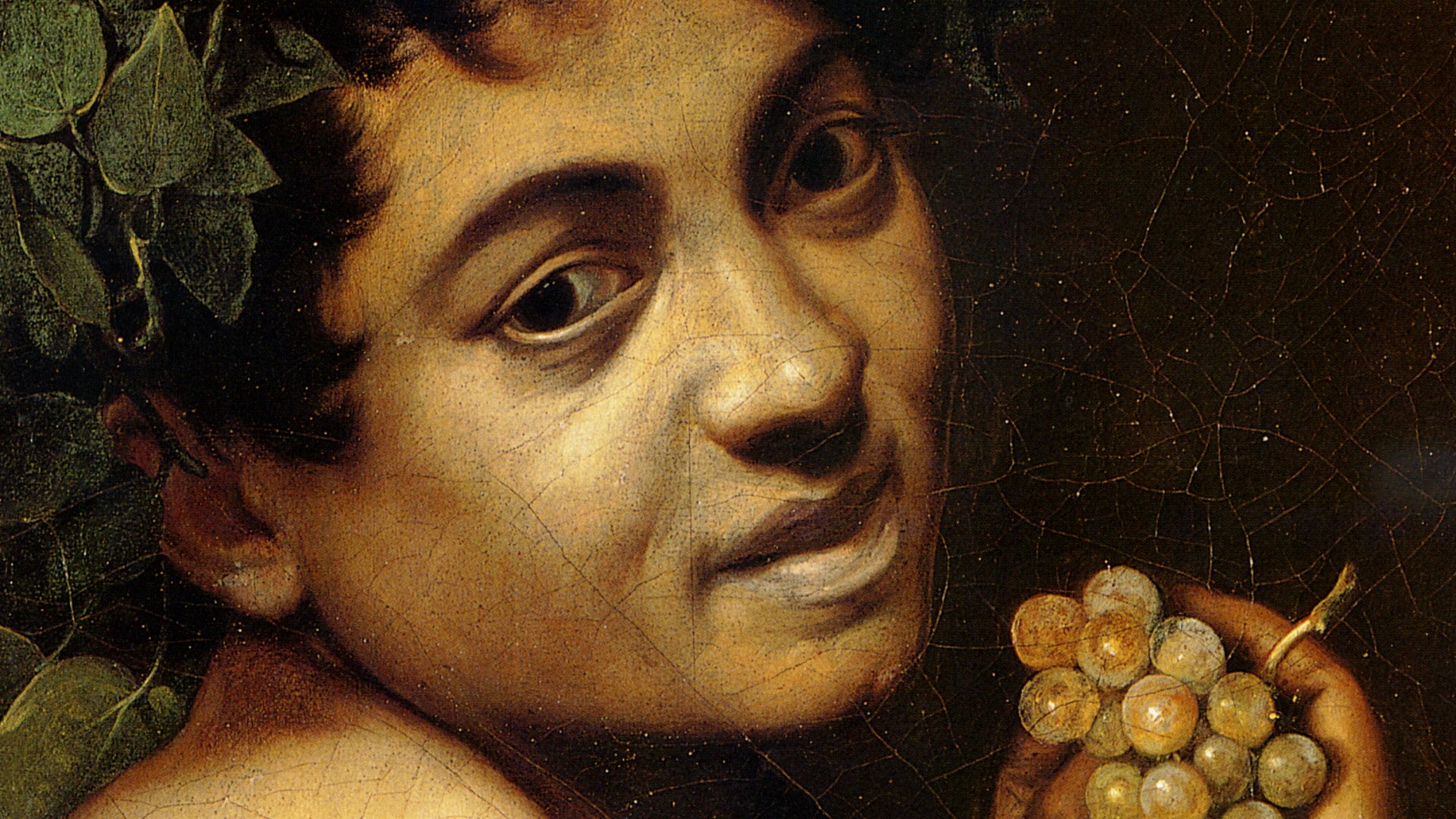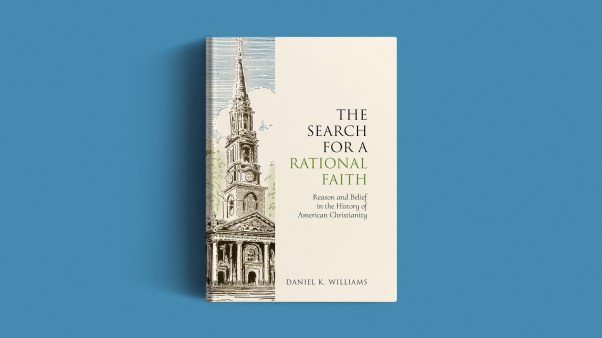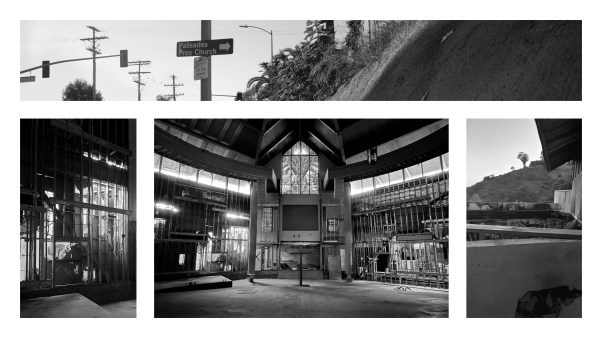This article began as a review of Caravaggio 2025, a blockbuster exhibition of the artist’s work that ran earlier this year in Rome. From March to July, the show drew almost half a million visitors from all over the world. Its curators gathered 24 paintings from five countries, presenting an evolutionary arc from Caravaggio’s earliest known works, Self-Portrait as Bacchus (1593–1594) and Boy Peeling Fruit (1592–1593), to his last painting, The Martyrdom of Saint Ursula (1610). Walking into each of the four rooms of the exhibit felt like eavesdropping, witnessing conversations between works that were reunited or meeting for the first time.
There’s lots to analyze about the curators’ decisions. But as I’ve tried to write a straightforward evaluation of the Caravaggio show, I’ve found myself at a loss for words. The pieces I saw have been haunting me since I spent time in their presence over the summer. To quote the late 17th-century French painter and art critic Roger de Piles, “True painting is what attracts us and, as it were, takes us off guard, and it is only through the power of the effect it produces that we cannot help but go up to it, as though it had something to tell us.” Perhaps the question is less “How successful was this exhibition?”and more “What do these paintings have to tell us today?”
It’s hard to imagine how polarizing Caravaggio once was. Today, his name and work are cultural icons, from the design world to television.
But in his time, Caravaggio sparked an iconoclastic rejection of beauty as it was then understood. The art historian Gianni Papi has noted that Caravaggio’s work remains the single-greatest revolution in the history of Western art. His realism infused biblical narratives with the personal, political, and social context of 17th-century Rome.
This realism divided other artists. As one biographer notes, “The painters then in Rome were greatly taken by [Caravaggio’s style]. … The young ones particularly gathered around him, praised him as the unique imitator of nature, and looked on his work as miracles.” Meanwhile, established painters “never stopped attacking Caravaggio and his style.” This biographer takes the side of the old guard, remarking that Caravaggio had “suppressed the dignity of art, … and what followed was contempt for beautiful things, the authority of antiquity and Raphael destroyed.” One of Caravaggio’s rivals similarly quipped that “some people thought that [Caravaggio] had destroyed the art of painting. … He did not have much judgment in selecting the good and avoiding the bad.”
To understand what riled up these Caravaggio commentators, it’s helpful to look at some specific works. The Cardsharps (1596–97) secured the painter his first major patron. Alongside The Fortune Teller (1599), it appeared in the first room of the Rome exhibit. Together, these works departed from the moralizing of Northern European genre painting, where tavern brawls, gamblers, and rogues typically served as warnings against vice. Instead, Caravaggio avoided overt didacticism, endowing each figure with psychological depth and ambiguity, crafting scenes that resist simple lessons and draw viewers into the complexity of human behavior.
 Kimbell Art Museum / Wikimedia Commons
Kimbell Art Museum / Wikimedia CommonsIn The Cardsharps, a well-heeled young man is cheated at a card game by two threadbare sharps. The fraying clothes and frenzied expression of the two tricksters highlighted Rome’s cruel socioeconomic realities. Their desperation visually bookending the scion’s cool indifference troubles an easy read; Caravaggio stages a drama that elicits empathy for all its characters. The meticulous rendering of figures and details defamiliarizes stories and characters we thought we knew.
It’s a strategy he would later extend to his biblical narratives, rendering them with an immediacy that collapses the distance between sacred history and contemporary life. In the exhibit’s third room hung The Flagellation of Christ (1607), David with the Head of Goliath (1609–1610), Saint John the Baptist in the Wilderness (1604) and The Taking of Christ (1602), a moderately sized canvas made claustrophobic by the roil of bodies and movements at its center. Judas leans toward Christ to kiss him while three soldiers, clad in immaculately detailed 16th-century armor, reach forward to seize him. A disciple flees toward the left side of the painting, raising his arms and screaming into a darkness rendered thicker than mere night.
Entering from the right side of the canvas is the artist himself, transfixed by the arrest, holding high the source of the painting’s light. The cacophony never subsides, held in suspension by Caravaggio’s life-size framing of the three-quarter figures. Despite being almost half a millennium old, the work continues to transmit the tension and terror of the scene into the body of the onlooker.
Including himself as the torchbearer casts Caravaggio as accomplice and invisible documentarian. Traditionally, when painters of his period included themselves in their scenes, they would lock eyes with the viewer, offering a knowing gaze: “I see you looking at my work.” But, as Michael Fried elaborates in his book The Moment of Caravaggio, Caravaggio’s self-portraits were more sophisticated—in this case forever suspending the artist as witness and seeker, absorbed and involved in the event with the theologically rich implication that he is an accomplice in the betrayal of Christ.
 National Gallery of Ireland / Wikimedia Commons
National Gallery of Ireland / Wikimedia CommonsFacing this painting, on the other side of the room, a youth holds up an object in a pose similar to the lantern bearer’s—except the object in hand is not a light but Caravaggio’s decapitated head. David with the Head of Goliath is one of Caravaggio’s most famous pieces. Set across from The Taking of Christ, it seems an attempt to make atonement for a murder Caravaggio committed in 1606, forcing him into exile.
In both paintings, the figure of Caravaggio is witnessing a death. In the first painting it is the impending death of Christ; in the second it is his own. Saint John the Baptist in the Wilderness and The Flagellation of Christ accompany these two paintings, making a foursome that seems less like singular masterpieces and more like a montaged meditation on longing and agony.
Caravaggio’s cinematic realism and psychological depth did more than unsettle taste in his own time. They shattered the prevailing logics of beauty and painting. Centuries later, his canvases still refuse to let beauty become a mere ornament to ideology or market trends. His rejection of the merely beautiful was not nihilism but a perspective that included a prophetic turn toward the complexity and mystery of something truer.
In the weeks since I’ve seen the exhibit, I’ve found myself meditating on the late pope Francis’ remarks on the role of art: “Neither art nor faith can leave things simply as they are: They change, transform, move and convert them. Art can never serve as an anesthetic; it brings peace, yet far from deadening consciences, it keeps them alert.” Caravaggio’s paintings still keep us alert—not just to beauty but to the unvarnished truth that beauty must serve.
Christian Gonzalez Ho is earning his PhD in art history at Stanford University and is the cofounder of Estuaries.




















